
Dog Anal Glands: A Smelly Duo You'd Rather Not Deal With (2025)
Have you ever noticed an unusual, fishy scent coming from your dog and wondered what might be causing it? This unpleasant smell often indicates that your dog’s anal glands are full and not draining as they should.
As someone who has worked closely with animals in veterinary care, I’ve witnessed firsthand how uncomfortable anal gland problems can be for dogs—and how frustrating it is for their owners. It’s definitely not a situation anyone wants to face, especially before mealtime.
In this article, I’ll explain the function of these small glands, why they sometimes malfunction, and what steps you can take to manage the issue. I’ll also offer some natural strategies to help maintain your dog’s anal gland health without having to manually express them yourself.
We’ll cover early warning signs of infection too, so you can keep your dog comfortable, odor-free, and happy.
- Interested in a natural approach? 👉 This ORGANIC DETOX KIT aids your dog’s body and helps prevent anal gland blockages. 🐶
Let’s face it—issues like leaking glands, bad odors, and scooting are unpleasant. However, these problems are more common than many realize, so being informed is key.
Understanding what causes these symptoms and how to recognize them early is much better than scrambling to remove stubborn fishy odors from your furniture after the fact.
What Are Anal Glands and What Do They Do?
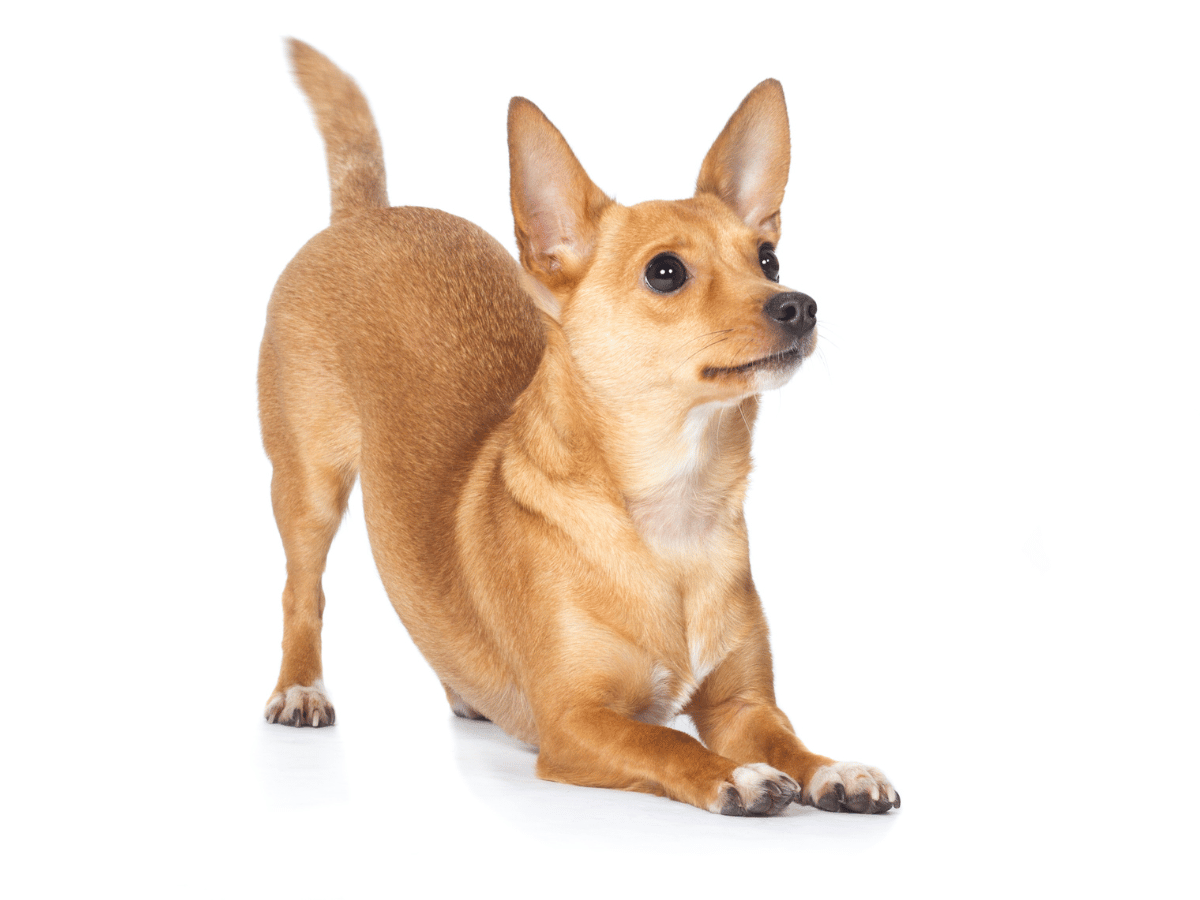
Anal glands, or scent glands, are small sacs located just inside your dog’s anus—one on each side. They release a pungent fluid whenever your dog defecates.
This secretion helps lubricate stool and carries unique chemical markers dogs use for communication.
Cats also have these glands, though they rarely face the same issues. Still, cat owners should keep this info handy just in case.
The Role of Anal Glands in Canine Communication
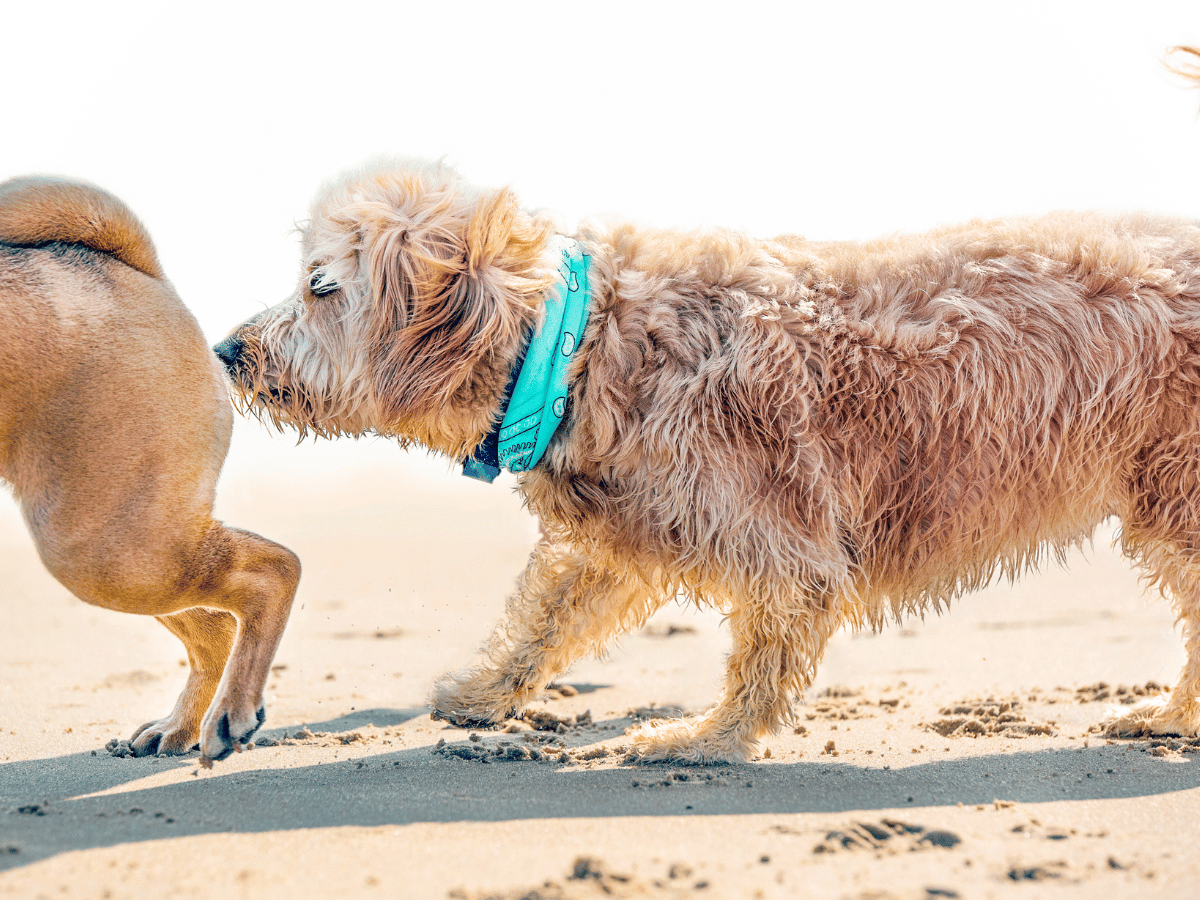
Dogs use scent to recognize each other, and their anal glands play a major part in this. The gland secretions are like a dog’s personal scent ID.
This explains why dogs sniff one another’s behinds—it’s how they gather essential info about identity and social status.
Breeds Prone to Anal Gland Problems
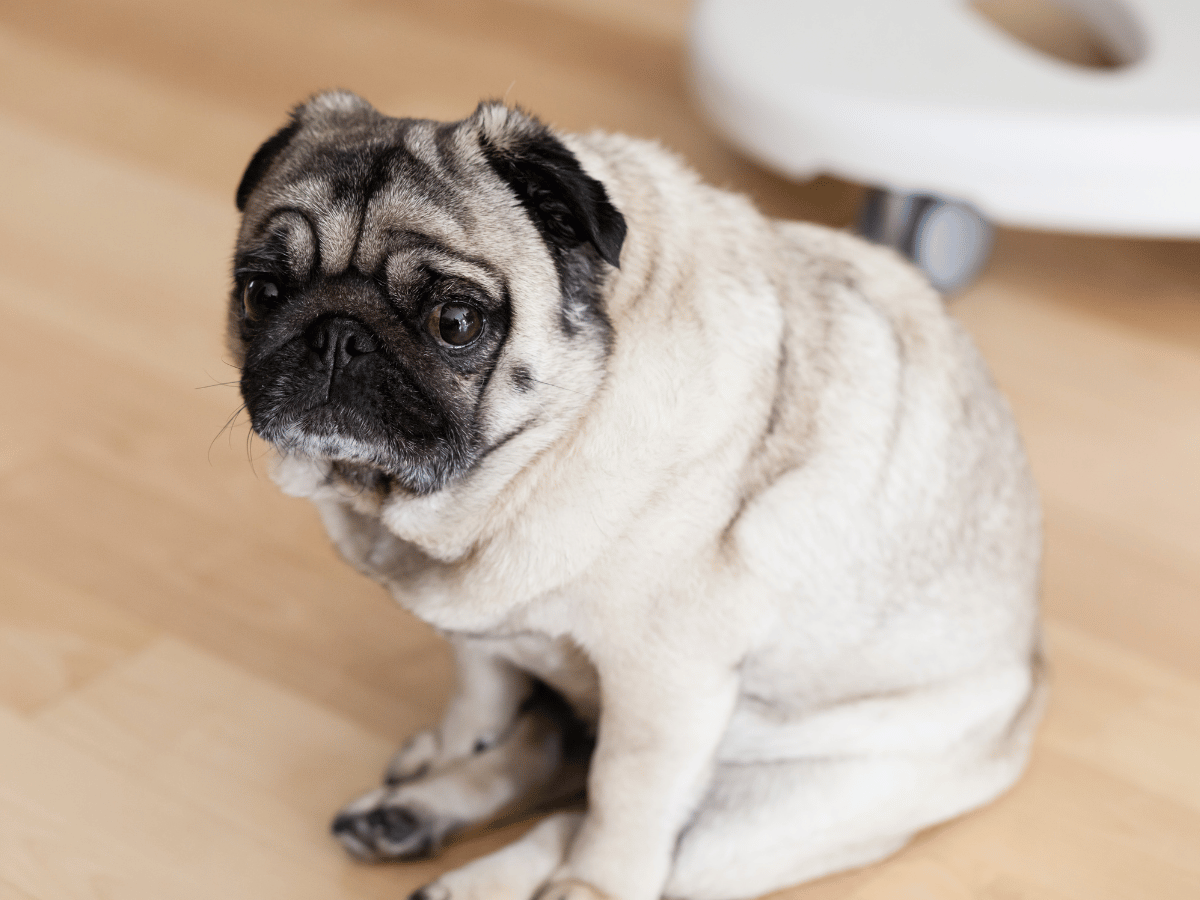
Certain breeds tend to experience anal gland issues more frequently. Small breeds such as Lhasa Apsos, Chihuahuas, and Bichons often struggle with this problem, as do flat-faced breeds like Pugs.
Overweight dogs are also more susceptible, since excess weight can prevent natural gland emptying during bowel movements.
That said, any dog can develop anal gland troubles, which makes regular vet visits and observation crucial.
What Happens When Anal Glands Fail to Empty?
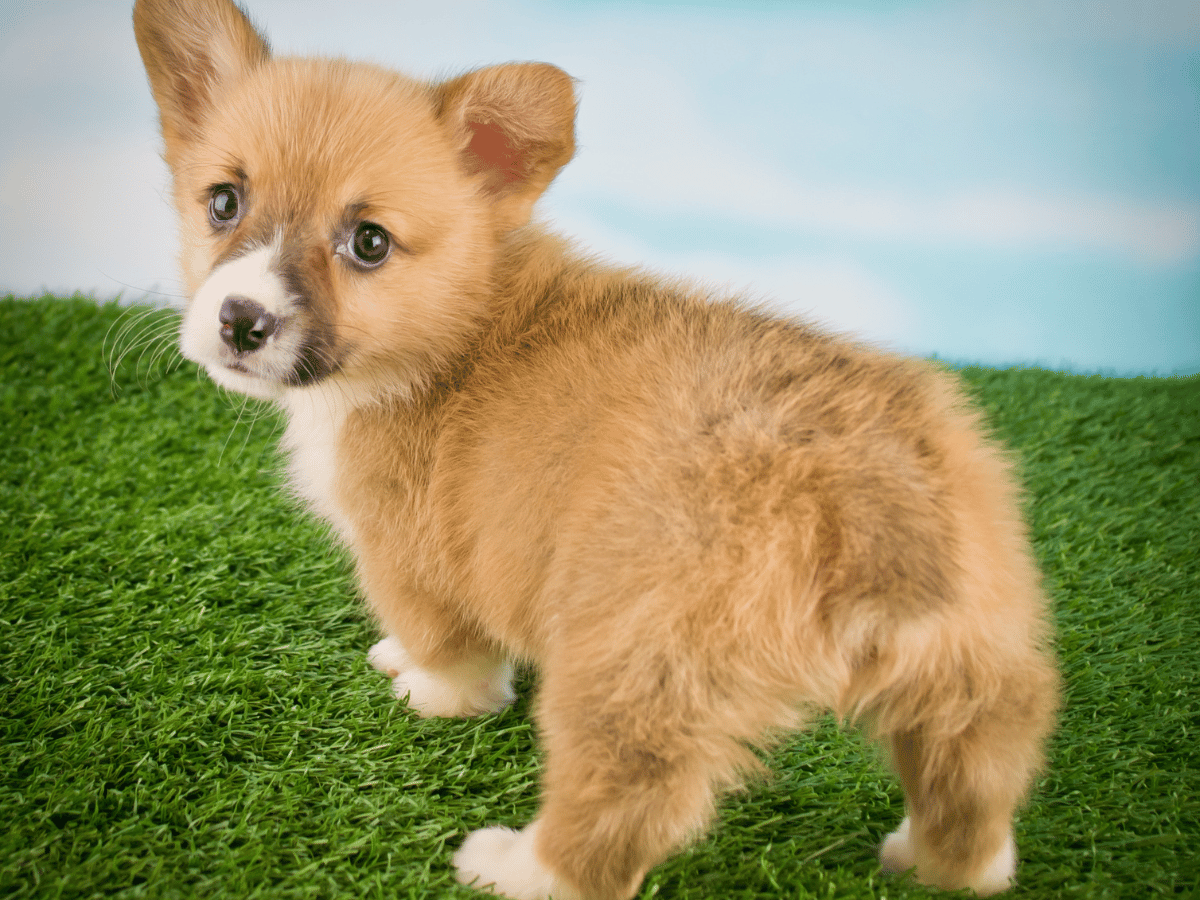
Consequences of Gland Blockage
If your dog’s anal glands aren’t emptied naturally or manually, the fluid thickens and can clog the ducts.
This leads to swelling, discomfort, and irritation. If untreated, it may progress to infection or abscess formation.
Signs to Watch For:
- Excessive licking or biting near the tail
- Dragging the rear across the floor
- Repeated spinning or circling behaviors
- Strong, fishy smell near the hindquarters
- Difficulty or pain when defecating
- Redness, swelling, or pus discharge around the anus
- Visible fluid leakage
- Sudden changes in temperament such as irritability
Common Causes of Gland Blockage
Normally, stool pressure during bowel movements empties the glands. But soft or loose stools may not provide enough pressure.
Additional factors include:
- Chronic diarrhea or loose stools
- Untreated allergies or skin infections
- Diets lacking sufficient fiber or balance
- Obesity or mobility challenges
- Improper or excessive manual gland expression
- Presence of tumors or growths
- Weakening muscles due to aging
Complications From Anal Gland Issues
When blocked, the glands fill with thickened secretions, creating an environment ripe for bacterial infections.
Veterinarians draining infected glands often find thick, foul-smelling material or even blood. At this stage, manual expression alone won’t resolve the issue—medical treatment is necessary.
At our clinic, we sometimes flush the glands using medication. Sedation is often required unless the dog is very calm.
The procedure involves inserting a small catheter into the gland’s duct and administering medicine directly to fight infection. Though delicate, this process is essential for curing stubborn cases.
Formation of Abscesses
If infections go untreated, they may progress to abscesses, which are pockets of pus building pressure within the gland.
This leads to noticeable swelling and considerable pain around your dog’s backside.
Risks of Gland Rupture
A ruptured abscess is a serious complication to avoid. It causes a painful, open sore near the anus that oozes pus and emits a strong, unpleasant odor.
Not long ago, I treated a cat with such a rupture — the smell and sight were truly unforgettable.
Treatment typically involves thorough cleaning, trimming the surrounding fur if needed, and applying antiseptics. The pet will also require antibiotics and pain management, with follow-up visits to ensure proper healing.
Safe Techniques for Expressing Anal Glands
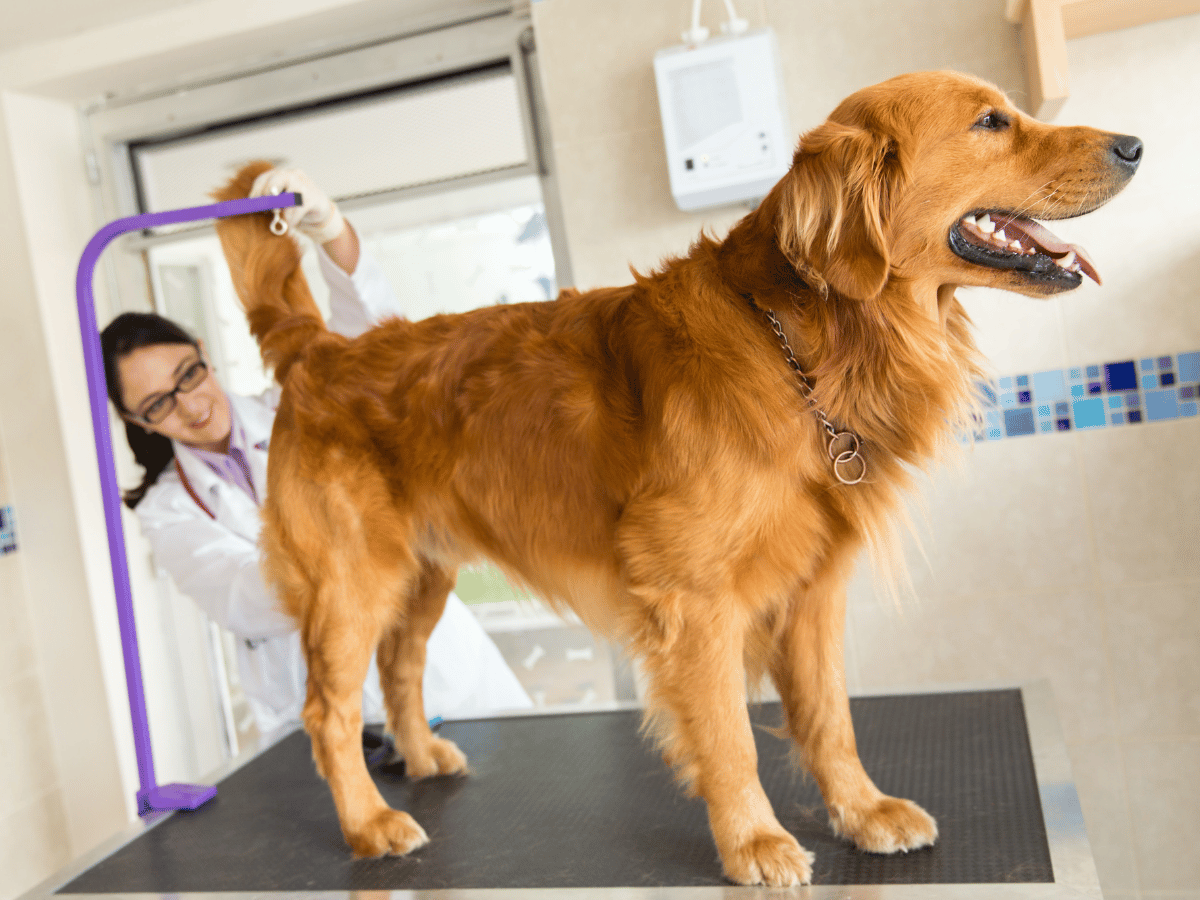
Now that we understand the discomfort caused by impacted glands, let’s review how to empty them safely.
When to Consider Gland Expression
If your dog is scooting, excessively licking their rear, or seems uneasy, it’s time to consult your veterinarian about gland expression.
Some dogs mask their discomfort well, so watch closely for subtle signs like dragging their bottom across the floor.
If you plan to try this yourself, have a professional demonstrate first. Incorrect technique can cause pain or infection, so initial supervision is essential.
Remember, it’s an unpleasant and sometimes uncomfortable process for your dog, so caution is key.
My best advice: leave this task to the experts. Your pet will thank you, and your home will avoid unpleasant odors.
Note that regulations vary; some places restrict anal gland expression to veterinarians, while others allow trained groomers to perform external expression.
Methods of Expression
There are two main approaches: external and internal expression, each requiring the right tools and care.
Prepare gloves, paper towels, pet-safe wipes, and lubricant (for internal method). It helps to have someone assist by holding your pet steady.
External Expression
- Lift your dog’s tail and find the glands located at the 4 and 8 o’clock positions near the anus.
- Use your thumb and forefinger to gently squeeze upward and inward.
This may release a brownish, fishy-smelling fluid. Protect yourself and surroundings with tissues as the fluid can spray unexpectedly.
This technique often provides only partial relief and isn’t fully reliable for complete drainage.
Internal Expression
More effective but more complex, this method is preferred in clinics for thorough emptying.
- Insert a lubricated, gloved finger gently into the rectum.
- Press the gland between your internal finger and external thumb until fluid is expressed.
This allows you to fully evacuate the glands, reducing odor and irritation.
Only perform this if properly trained, as improper handling can injure your pet.
Natural Ways to Prevent Anal Gland Problems

Although anal gland issues are common, they don’t have to become a regular struggle. The best strategy is to tackle the root causes to reduce blockages and discomfort.
Focus on a balanced diet and regular exercise to maintain a healthy weight, and manage any allergies to reduce irritation. For allergy management tips, see this helpful guide.
Here are some ways to encourage your dog’s natural ability to clear their anal glands without manual intervention.
Boosting Fiber Intake to Improve Stool Quality
Soft stools often fail to apply enough pressure for natural gland emptying.
Providing a diet rich in insoluble fiber—from sources like vegetables, fruits, legumes, and whole grains—helps bulk up stools as these fibers pass through the digestive tract undigested.
Our article Top Foods and Supplements to Address Common Pet Health Problems highlights pumpkin as an especially effective fiber source to support healthy anal glands.
Some owners also choose to supplement fiber to improve stool firmness.
Recommended Natural Remedies
Natural products support your dog’s own physiology, making them a valuable first step in preventing gland issues.
Frequent manual expression can make glands less responsive over time, increasing dependency on interventions.
Consider these natural options designed to promote gland health holistically:
Start with TonicAnimo #4, a homeopathic preparation that improves oxygen circulation and overall vitality.
Then, TonicAnimo #9 helps firm up stools, encouraging natural gland emptying.
Combining these two remedies often provides sufficient support for most dogs.
For stubborn cases, a detox phase using HO-3 (Lymphe 2) Gold Formula is recommended to deeply cleanse and promote gland function.
Typically, a 3-5 week detox period improves gland health noticeably.
If problems persist despite these measures, it’s wise to consult a veterinarian for further evaluation and possible manual expression.
Conclusion
While anal gland care may not be the most glamorous topic, understanding it is key to your dog’s comfort and health.
With proper awareness and natural support, you can help your dog avoid discomfort and keep unpleasant odors at bay.
For personalized advice, our Free Animal Health Consultation service offers tailored recommendations suited to your pet’s needs.



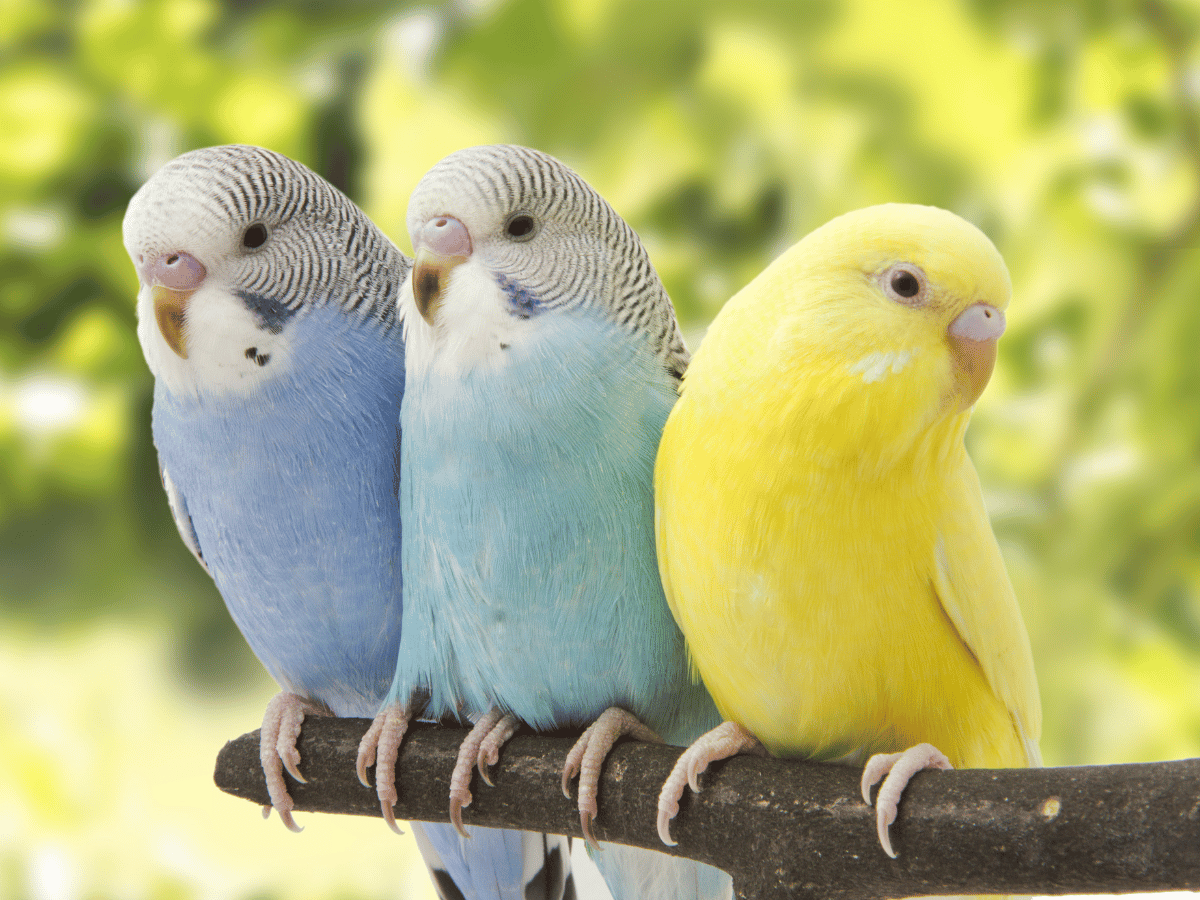
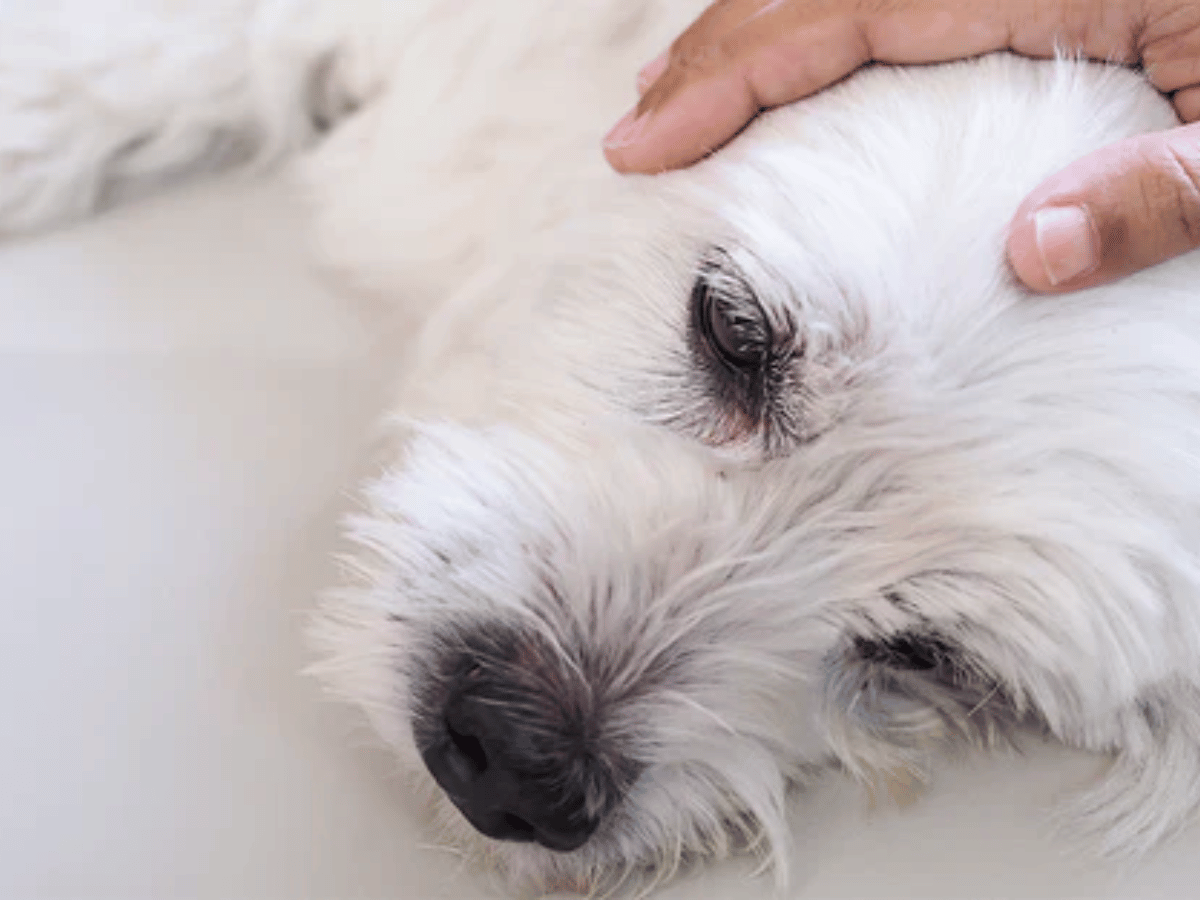

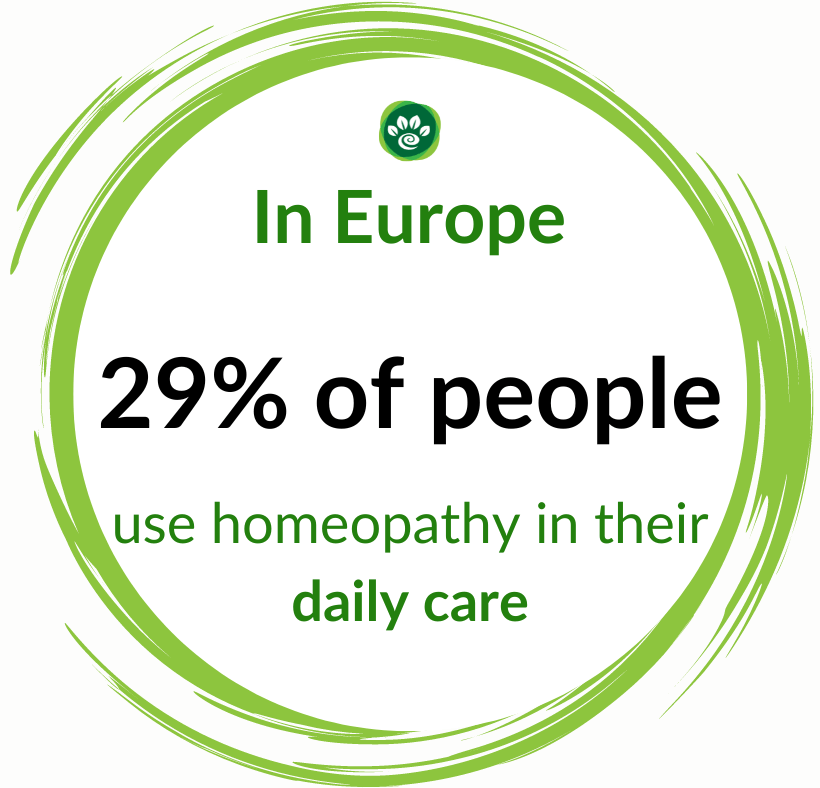
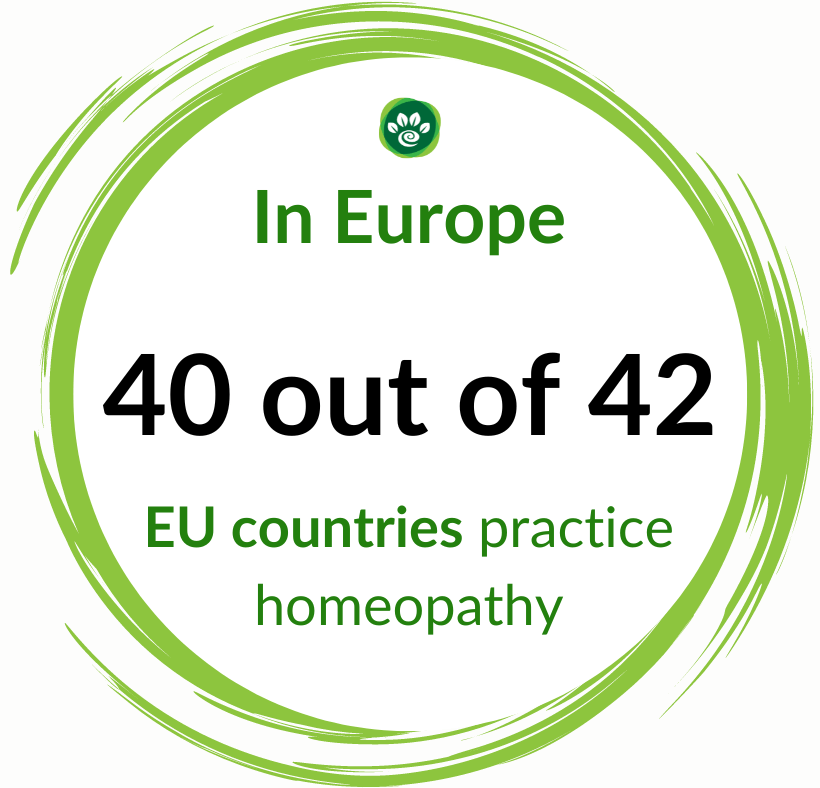
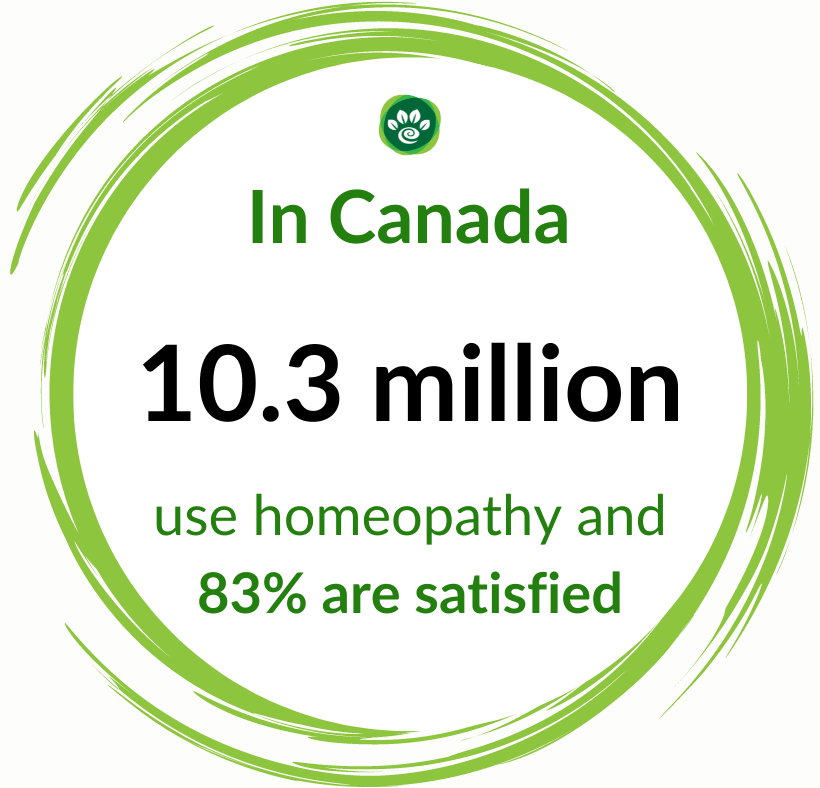
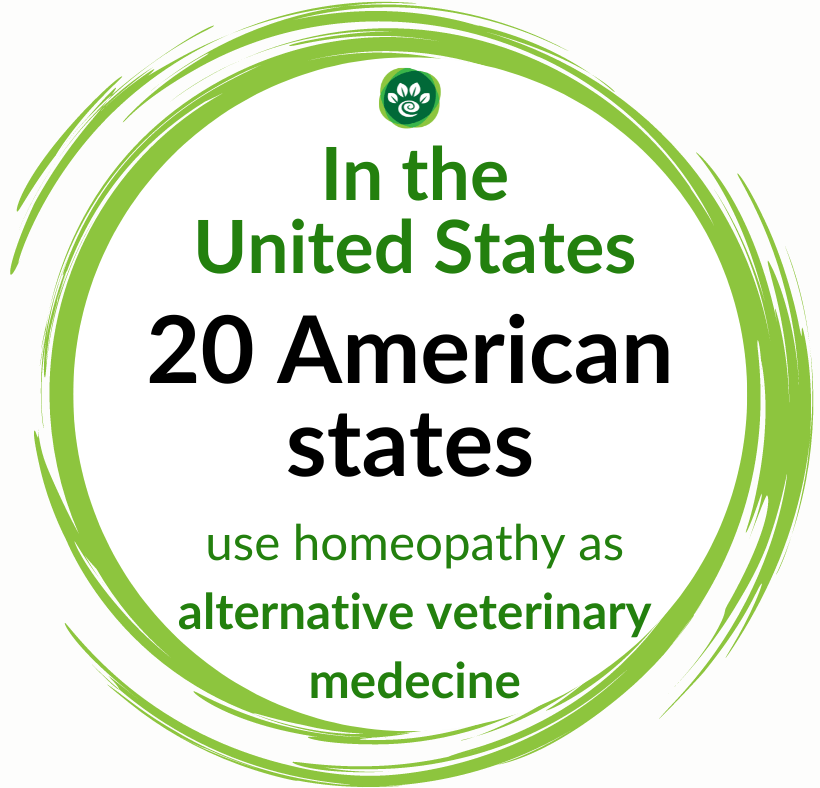















6 comments
Homeoanimo
Je voudrais un produit pour les glande anale de mon chien merci
Amigoni
Bonjour M./Mme Choupi, Merci d’avoir contacté Homéoanimo! Je viens de vous envoyer une réponse par email pour aider votre animal avec ses problèmes de glandes anales. Nous espérons avoir de vos nouvelles bientôt. Passez une bonne journée!
Homeoanimo
Je viens de parcourir l’article sur les glandes anales peut on mes suprimer définitivement?cela a t’im une incidence sur le comportement du toutou?merci à vous lire je vais achater me nit lymphe 2 merci
Choupi
Merci pour votre observation, M. Jung. Nous allons certainement transmettre vos commentaires. Cordialement, Homeoanimo.com
Homeoanimo
Des le début du deuxième paragraphe ont se demande quelles genres d’études vous avez faites pour affirmé que les humains n’ont pas de glandes anales… Si elles ne sont pas odorantes,les glandes sébacées anales des êtres humains existent et peuvent se bouchées voir provoquer un abcès.
Cordialement,
Jung Kévin
Leave a comment
This site is protected by hCaptcha and the hCaptcha Privacy Policy and Terms of Service apply.